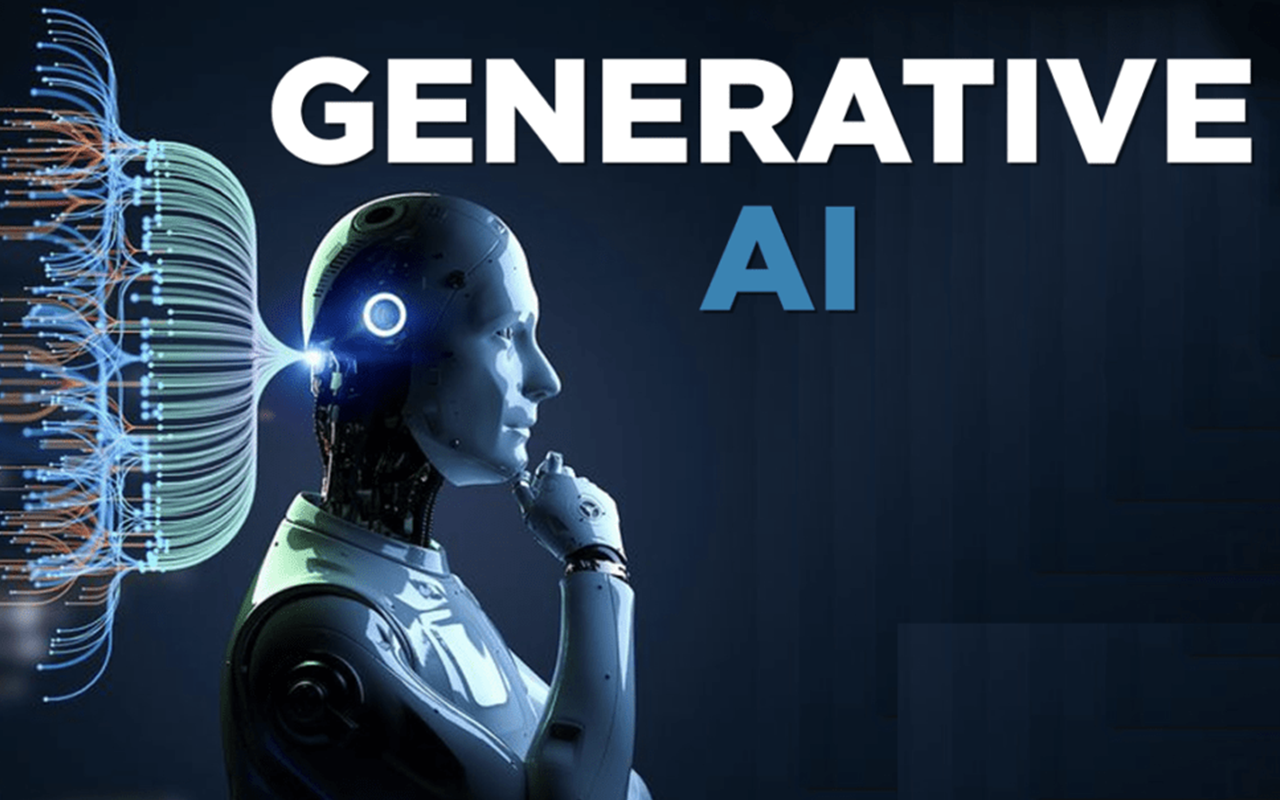Last updated : 3 August, 2025
So, what exactly is it, and why does it matter now?
What is Generative AI?
In simple terms, most traditional AI is discriminative. It analyzes data and makes a decision or a prediction. Is this email spam or not? Is that a cat or a dog in the photo?
Generative AI flips the script. It's a branch of artificial intelligence that learns the underlying patterns and structures of its training data to generate brand new, original content that didn't previously exist. Think of it as a supremely talented apprentice that has studied millions of paintings, sentences, or musical compositions and can now produce its own in a similar style.
This is powered by complex models, most notably:
- Large Language Models (LLMs): Like GPT-4 and Llama, trained on vast text corpora.
- Diffusion Models: The technology behind image generators like DALL-E, Midjourney, and Stable Diffusion.
The Real-World Impact: More Than Just Art
While the creative applications are the most visible, the business impact is where Generative AI is proving its true value.
1. Supercharging Creativity and Design
Rapid Prototyping: Designers can generate hundreds of logo concepts, website layouts, or product designs in minutes, simply by describing their vision. This accelerates the ideation phase from days to hours.
Personalized Marketing: Marketers can create dozens of ad copy variations, social media posts, and email campaigns tailored to different audience segments, all from a single core message.
2. Revolutionizing Content and Software Development
Writing Assistant: It's a powerful co-pilot for writers, helping draft articles, brainstorm ideas, summarize long documents, and even check for tone and consistency.
Code Generation: Tools like GitHub Copilot suggest entire lines of code and functions, helping developers work faster, reduce errors, and learn new programming frameworks. This is dramatically accelerating software development lifecycles.
3. Transforming Business Operations
Customer Service: AI-powered chatbots are evolving from providing scripted answers to handling complex, multi-turn conversations, providing 24/7 support and freeing human agents for more sensitive issues.
Data Synthesis and Analysis: It can generate synthetic data for software testing where real data is scarce or private, and it can analyze complex reports to provide plain-English summaries for executives.
The Challenges We Can't Ignore
The rise of Generative AI isn't without its significant hurdles:
Bias and Fairness: Since these models learn from existing data, they can perpetuate and even amplify societal biases present in that data.
Factual Accuracy & "Hallucinations": LLMs can generate plausible-sounding but completely incorrect information, making fact-checking an essential step.
Intellectual Property: Who owns the copyright to an image generated by an AI that was trained on millions of copyrighted artworks? The legal landscape is still evolving.
Job Displacement: There are legitimate concerns about the impact on creative professions, though many experts believe the tool will augment rather than replace human creativity.
The Future is a Collaboration
The most successful future with Generative AI won't be one where machines replace humans, but one where humans and AI collaborate. The vision of the future is a "human in the loop" system, where the AI generates a wide range of possibilities, and the human expert provides the crucial context, strategy, and ethical judgment to select, refine, and implement the best option.
Generative AI is a foundational technology, akin to the invention of the personal computer or the internet. It's democratizing creation, accelerating innovation, and forcing us to rethink the boundaries of human and machine potential. The hype is real, but the real work—and the real reward—lies in learning to harness its power responsibly.

